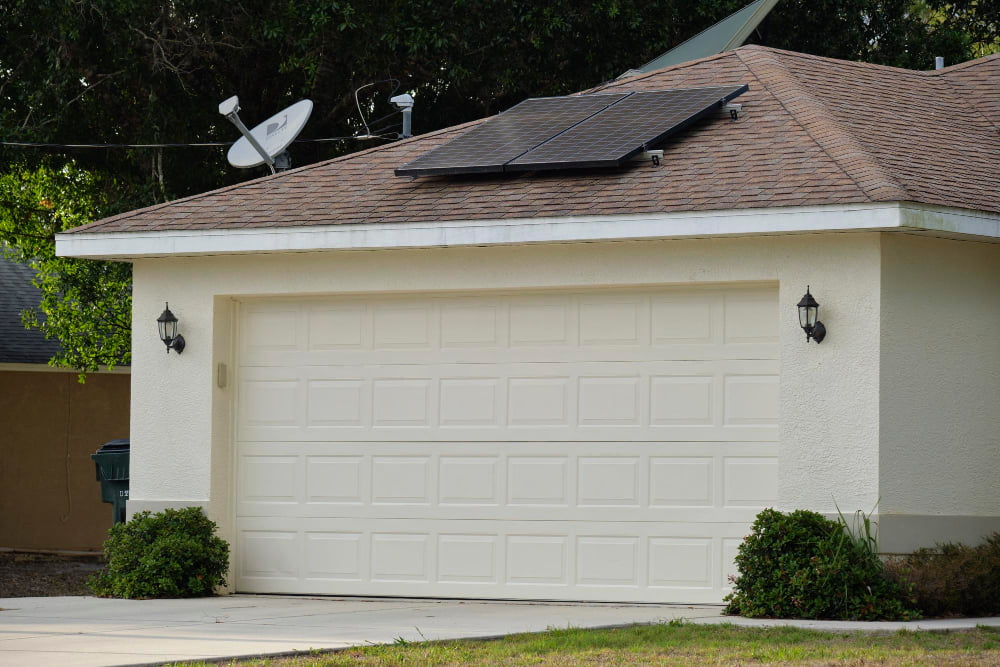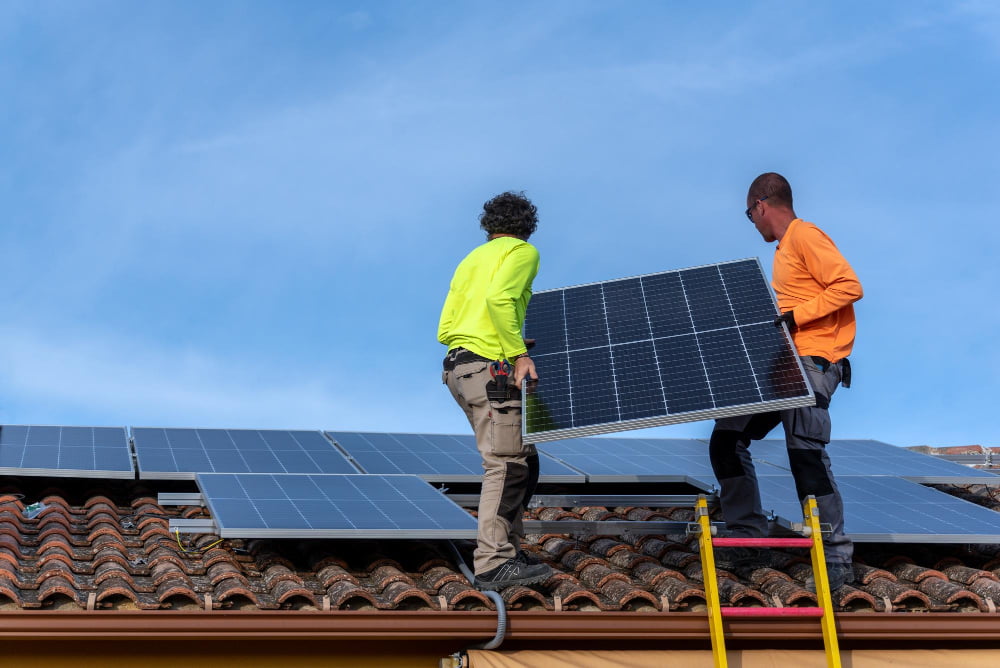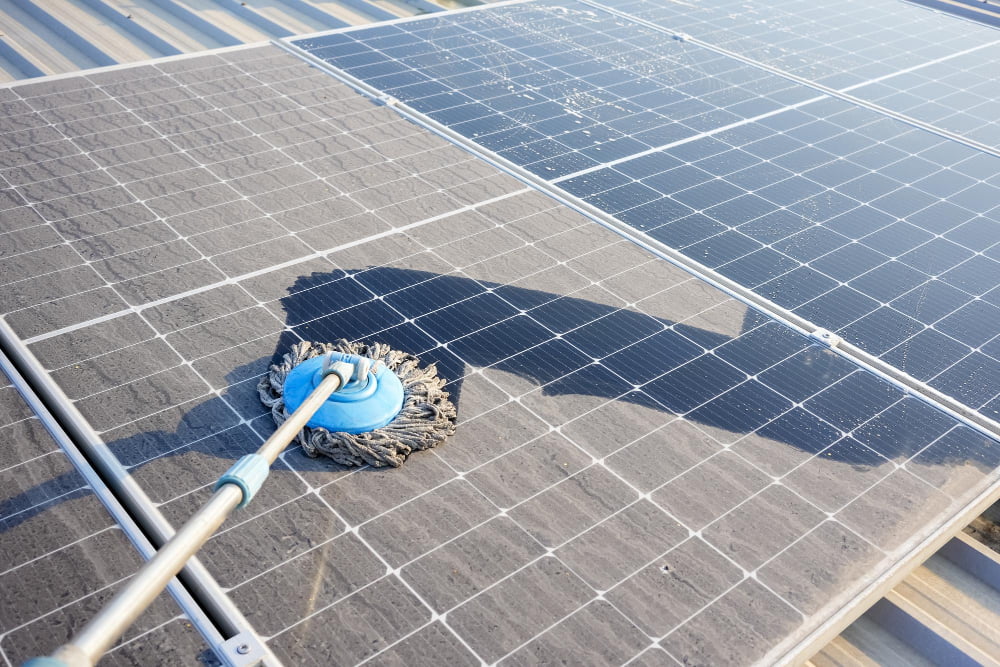Explore innovative ways to heat your garage without incurring any cost, leveraging natural resources and practical strategies.
Finding ways to heat your garage without incurring additional costs can be a game-changer in the colder months. This article will explore various methods to achieve a comfortably warm garage without digging into your pocket.
From harnessing solar power to recycling waste heat, these strategies can provide effective solutions to your heating needs.
Stick around to uncover the nitty-gritty of each method, their advantages, and how to implement them in your garage space.
Let’s turn that chilly garage into a cozy haven, shall we?
Key takeaways:
- Determine the heat requirements of your garage based on factors such as location, size, construction material, and purpose.
- Seal and insulate your garage to minimize heat loss and reduce the need for active heating systems.
- Explore cost-effective and efficient heating solutions such as solar panels and radiant heating.
- Take safety precautions when implementing free heating methods, including professional installation, ventilation, regular maintenance, and precautionary measures.
- Maintain and address common garage heating issues and consider different types of free heating options, such as solar panels and radiant heat, based on your specific needs and factors.
Understanding the Amount of Heat Your Garage Needs

Determining the required heat output is a critical first step that’s influenced by several factors. Firstly, your geographical location impacts the typical range of outdoor temperatures your garage will be exposed to, therefore, colder climates necessitate a more robust heating system.
Secondly, the size of your garage plays a significant part. More expansive spaces tend to require greater amounts of heat. This can be calculated by multiplying the cubic footage by the number of degrees needed to raise the temperature to a comfortable level.
Thirdly, the construction material of your garage significantly influences heat retention. Structures built from materials like concrete or brick often retain heat better than wood or metal. Additionally, the presence of windows or other areas that could potentially contribute to heat loss should be taken into account.
Lastly, the purpose of your garage affects heat requirements too. If it is merely used for storing vehicles, moderate temperatures might be sufficient. However, if it is being used as a workshop, play area, or office, you will likely desire higher, more comfortable temperatures. Therefore, understanding the specific needs your garage has for heat will guide your decision in selecting the most appropriate free heating solution.
https://www.traditionrolex.com/26Importance of Sealing and Insulating Your Garage

To minimize heat loss, thoroughly check for any drafts or openings that might be present. The common culprits are usually the garage door, windows, and any cracks in the walls or floor. Ensure all seals are intact and any gaps are filled. Adding weatherstripping around the windows and door can be an effective and economical solution.
Insulation plays a crucial role in maintaining a stable temperature. Its primary function is to trap hot air inside during winter and prevent cool air from escaping during the summer. It is generally simpler to install insulation during the garage construction process, but retrofitting insulation can also be done effectively.
There are various insulation options available such as fiberglass, cellulose, and foam board. Each has different R-Values — a measure of thermal resistance —higher the R-Value, the better the insulation. Choose one that best fits your budget and climate.
Remember, effective sealing and insulation can significantly reduce the need for active heating systems and lower your energy costs. Whether you are aiming for free or budget-friendly heating, starting with good insulation is a necessary step.
Different Ways to Heat a Garage for Free: Solar Panels and Radiant Heating

Harnessing the power of the sun offers one cost-effective avenue to efficiently warming your space. Solar panels installed on your garage’s roof can absorb heat energy during the day, subsequently channeling this into clean electricity for heaters. Apart from the initial installation cost incurred, this method is essentially free.
Alternatively, radiant heating could provide an ideal solution especially for larger garages. These systems can be installed under your garage’s floors or along the walls, effectively transforming these surfaces into large radiators. Infrared radiant tubes, for instance, produce heat similar to the sun, warming objects directly without bothering about the air temperature. Once installed, they are virtually maintenance-free and use natural gas or propane – great for energy savings and long-term cost-effectiveness.
Implementation of these systems must be well thought out to maximize results; from the location of the panels for optimal sunlight capture to the strategic placement of radiant heaters for maximum effect. These efficient and environmentally friendly options certainly provide a headway in attaining a perpetually warm garage at no recurring costs.
Safety Precautions to Consider When Heating a Garage

Safety is of utmost importance when implementing any of the free heating methods in your garage. Here are some key points to keep in mind:
1. Installation: Whether you choose solar panels or radiant heating, ensure a professional handles the installation. This avoids potential fire hazards or structural damage.
2. Ventilation: A well-insulated garage is important for trapping heat, but ventilation is also necessary. A lack of fresh air can lead to carbon monoxide build-up in enclosed spaces.
3. Regular Maintenance: Keep your heating sources clean and free of debris to prevent accidental fires. Regularly check for any damage and make necessary repairs immediately.
4. Precaution Measure: Always have a fire extinguisher handy and ensure that your smoke detectors are functional. This is important, even if you’re using free and generally safe heating methods.
5. Environment Safety: Solar panels are sustainable and eco-friendly. They generate no waste, making them a safe heating choice not just for your home, but for the environment as well.
Understanding and applying these points can help prevent any safety concerns that might arise from heating your garage.
Proactive Maintenance: Dealing With Common Garage Heating Issues

To ensure your free garage heating system functions properly, certain measures should be taken. Firstly, when dealing with solar panels, clean them regularly to avoid dust and debris which impede sunlight. Monitor your panels for any sign of wear or damage so they continue to function optimally.
For radiant heating, ensure there are no blockages in your system. A blocked heating panel could result in unequal heat distribution, causing cold spots in your garage. Proper maintenance can prevent this.
Additionally, a regular inspection should be carried out for all heating systems, checking for potential safety hazards such as damaged wires or loose connections.
Also, for those particularly chilly days, have backup heating options ready. A stored propane heater or portable electric heater could fill in if your primary heating source isn’t enough.
It’s always better to take preventative action immediately when issues arise. This not only saves money but also guarantees a warm and comfortable garage year-round.
Choosing Between Different Types of Free Garage Heating

After considering your space, insulation levels, and safety factors, you’re ready to explore the right free heating approaches for your garage.
Solar panels serve as an efficient method, converting sunlight into power that can be used for heating. Although installing panels may require an initial investment, the subsequent energy cost-savings make it worthwhile. Solar heating is also a sustainable solution, good for the environment.
Alternatively, you may consider radiant heat through a radiant floor system. It uses a system of pipes or wires installed beneath the garage floor to supply heat. The floor absorbs the heat and then radiates it back into the room. This method offers consistent heat and eliminates the need for noisy fans or blowers. However, it’s advisable to incorporate this system during the garage construction stage for easier implementation.
To make an informed decision, weigh the pros and cons of each system. Consider your garage size, geographical location, and how often you’ll need to heat the space. Keep energy efficiency and sustainability at the forefront of your decision-making.
The Benefits of Free Heating Methods for Your Garage

Harnessing free heating methods provides numerous advantages.
1. Cost-Efficiency: Undeniably, a considerable benefit is the tremendous cost savings. Over time, these methods eliminate your heating bill, helping you save significant amounts of money annually.
2. Environmentally Friendly: Adopting free heating techniques equates to reduced carbon footprint, promoting sustainable living. Solar panels, for example, provide renewable, clean energy, contributing to efforts in combating climate change.
3. Energy Independence: By using free heating methods such as radiant heaters and solar power, you gain energy autonomy. This curtails dependence on traditional utilities, granting you security against unexpected power outages and eliminating dependency on fluctuating energy prices.
4. Improved Garage Functionality: A well-heated garage extends its usability during the winter months, offering a comfortable workshop or leisure space. Free heating methods can provide stable, dependable warmth.
5. Property Value Increase: Implementing energy-efficient solutions such as free heating methods enhances your property’s market value. Utility costs are a major consideration for prospective buyers, and showcasing cost-cutting measures could make your property more attractive.
In essence, free heating methods present an avenue for a warmer garage while promoting environmental sustainability and financial savings.
FAQ
How can I heat my garage cheaply?
One economical way to heat your garage is through the use of window heat pumps, which are not only cost-effective and easy to install, but with regular maintenance, can be a long-lasting heating solution.
How can I heat my garage without a heater?
To maintain a warm environment in your garage during milder winters, you can insulate your garage door and windows and use weather stripping for exterior doors.
How can I heat my garage without electricity?
To heat your garage without electricity, opt for a combustion space heater, which creates heat using a specific fuel source like kerosene or propane.
What is the best way to heat a garage quickly?
The best way to heat a garage quickly is by using a low-intensity infrared tube heater, due to its ability to radiate heat throughout the space.
What are some energy-efficient methods to warm a garage?
To warm a garage energy-efficiently, consider insulating the walls and doors, installing an energy-efficient heating system, or using a solar heater.
Can passive solar design techniques be applied to heat a garage?
Yes, passive solar design techniques can be effectively utilized to heat a garage by using elements such as solar panels, south-facing windows, and thermal mass for storing heat.
What insulation options are best for maintaining heat in a garage?
Fiberglass batt, cellulose, and spray foam insulation are the leading options for maintaining heat in a garage due to their high R-values and excellent thermal performance.